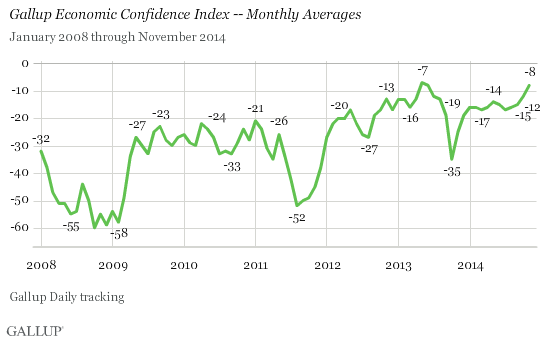The White House recently announced an idea to provide free tuition for 2-year college degrees in an effort to educated the American workforce. Potentially 9 million students could save approximately $3,800 annually in student loan payments. Cost would be somewhere around $60 billion dollars and would need to be approved through the congressional budget. A well intentioned policy with a few thoughts about the benefits and detractors of the idea.
It is true that Americans need to retool their workforce to ensure that they stay competitive on the international market. This generally means that they will need to learn new skills to match the marketplace in a way that will improve upon the growth and expansion of competitive industries. Growth requires a workforce that can actually do the work without burdening companies with excessive training costs.
There is a problem with understanding which type of skills students will be learning. Those students that will be working in labor positions should be learning very focused technical skills that give them direct competitiveness in the industry. Even though Russian Literature is beneficial for everyone it isn't going to have the same impact as a metal working or industry math class at this level.
Because community colleges are designed around certain characteristics it may be necessary to encourage such colleges to offer more industry focused education with only a brief introduction to other aspects of higher education. Theoretical concepts and great literature classes may be less beneficial in occupational courses than in bachelor degrees.
Making college an extension of high school is probably not a great idea. There is currently significant criticism of high school, its curriculum, and its ability to prepare students for the workforce. Reforming high school and ensuring that graduates can actually function in the workplace upon graduation helps to ensure that an additional 2-year college degree has some industry benefit.
Which type of institutions have access to this money will also make a big difference. At present it appears that community colleges have access but larger universities would not. In such a case it could be an advantage for community colleges. Knowing the overall impact is important to ensure that government money doesn't skew or damage the competitiveness of the entire industry or lessen the pressures for innovative change.
Free money can sometimes make institutions lazy about change. Shoring up and supporting the capacity of an industry hobbling along is great for students but does come with a problem of poor development when resources are plentiful. Colleges should not become complacent and should continually seek to develop and adjust to create greater levels of development for the future. Free money should not be a "fat cat" issue.
We know that the government budget is bloated with all types of things we don't need and don't help people move up the economic ladder. I have no personal problem with government taking the useless funding found in other locations and placing it into something beneficial like education that has a long-term impact on the nation. It will require legislators to think long and hard about what type of spending is beneficial and where it should be allocated.
If the type of education helps supply industry with the necessary skills to compete then the free 2-year college program has some merit. This assumes that people are earning the actual skills that can be employed right after graduation in engineering, service management, manufacturing, etc... The educational programs offered by community colleges should be focused specifically on industry needs and offer the greatest amount of immediate return on investment.
Few seem to have formulated a full or concise opinion on the proposal to offer free 2-year degrees. Many of the details have not been released which makes it wise to not jump into opinion making until more information is present. With such a large program the devils are all in the details as financing, impact, and outcomes still need to be discussed. The idea of strengthening America's educated workforce to maintain competitiveness has its advantages but will come with some costs. Stay tuned for additional details and debate!
A fact sheet from the White House
